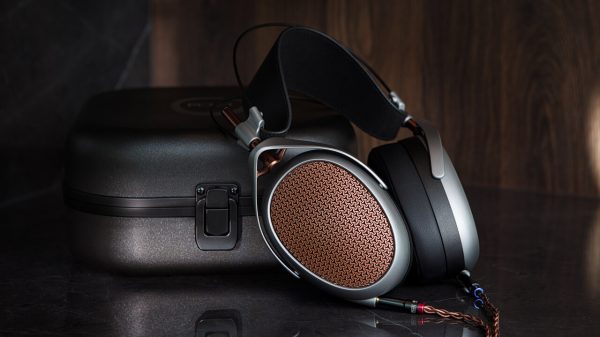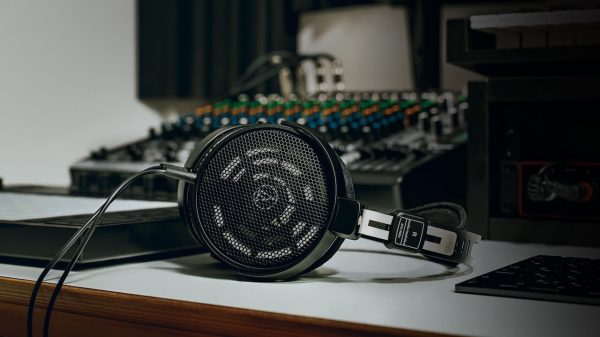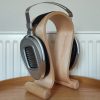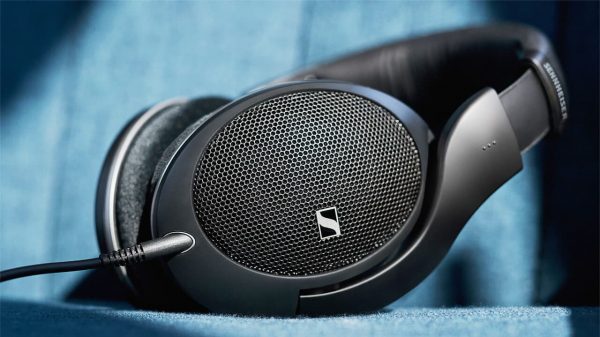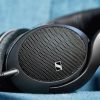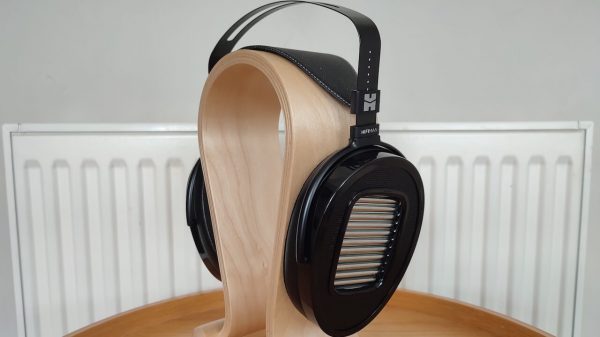Monoprice has invested a lot of time and money in its Monolith series products that offer a little bit of everything for music listeners and home theater enthusiasts. The range of products includes loudspeakers, subwoofers, turntables, power amplifiers, and headphones. We recently reviewed the M1070 headphones that Monoprice introduced to compete with some of the more affordable offerings from Audeze and HiFiMAN.
It’s become a familiar story that most of the Monolith series products offer a lot of performance for prices that are super competitive; which is not to say that they are perfect because almost all of them have some rather obvious shortcomings. You can’t expect perfection in specific price categories but you always do rather well with their components.
The high-end headphone category is a perfect example; the Monoprice M1570 Planar Magnetic Open-back Headphones retail for $599 (although you can find them on sale for $449 USD) and that places them in the lion’s cage with some formidable products like the Audeze LCD-2, HiFiMAN Sundara, and Edition XS Headphones.
The M1570 were released at the same time as the M1070 and whilst there are some similarities between the two products, the more expensive Monoprice M1570 should be viewed as a different animal altogether.

The Skinny
Placed on the table, the two headphones do share a passing resemblance and use some of the same components in the frame and ear cups. Both models also utilize a 106mm planar magnetic driver with an impedance of 60 ohms and sensitivity rating of 96 dB/mW.
The M1570 ships in a hatbox style case that is too large to be a practical travel companion for commuters. Monoprice include two cables and two sets of earpads with the headphones.
The size and weight of the M1570 might prove to be a turn-off for some who don’t have large heads or lack the desire to wear a 700 gram pair of headphones for extended periods of time.
That rather surprising amount of weight makes them one of the heaviest in the category; the average pair of ANC wireless headphones are between 320 and 380 grams as a point of comparison.
Most of that weight is in the cups and the problem for me is exacerbated by the headband design; swapping out the Focal style single padded band with a suspension style frame would help distribute weight better and might make these a bit more comfortable for long listening sessions.

The headband has a couple other issues worth mentioning; the metal is thinner than it should be and it doesn’t feel very stiff. This will prove to be helpful if you need to adjust the clamping force, but it may cause long-term durability issues.
The second issue concerns the decision to put 50% of the padding on the top of the headband where it will never do anything; Monoprice needs to move most of it to the underside of the band which would help improve the comfort level.
There are some aspects of the design that are very useful; the micro-XLR ports on the ear cups have a 45° forward angle making them a bit easier to wear, and the provided pads are quite good.
Maybe not quite Dekoni good, but still entirely serviceable, comfortable, and interchangeable. The ability to change the pads is a huge plus and the result of customer complaints in regard to older models where that wasn’t an option.

Ear pads can have a huge impact on the sound quality of a headphone, and Monoprice made the right choice to supply two sets for users to swap out; the velour pads on both the M1070 and M1570 are the better option because they reduce the amount of bass and better control the reflections — resulting in a cleaner and slightly leaner sound compared to the stock protein leather pads that ship installed on the M1570.
The leather pads are twice as thick and provide more bass emphasis which will be preferable to some listeners — the velour pads create a better overall balance which we found preferable.
The supplied cables are similar in construction; both are cloth wrapped with micro-XLR connectors on the headphone connector end. One terminates in a 6.35mm jack with a 3.5mm adapter while the other terminates in an XLR.
Monoprice provides a wiring diagram for the micro-XLR ports as they are not the standard wiring scheme so cables for other micro-XLR headphones will not work correctly.
Additional cables are available for purchase from Monoprice for $55 USD each and creating a 4.4mm balanced cable should be a fairly straight forward by replacing the XLR jack.

Sound
The aforementioned leather pads provide greater passive isolation and have a significant impact on the bass response; there is a noticeable increase in impact and definition but it had a slightly negative impact on the lower midrange.
Most large open-back planar magnetic headphones share a linear sounding low end and midrange and then lose that as one moves into the upper midrange and treble. The M1570 do a rather good job of remaining rather neutral throughout most of the frequency range with only some minor emphasis in the treble.
The low end is fairly clean sounding with ample detail and texture, and it never really thickens up the rest of the tonal balance (with the velour pads). The leather pads add too much thickness and impact but some may like that depending on the genre of music.

The mid bass is rather clean sounding and offers a lot of texture and speed; there is more than enough impact to hold your attention; the overall tonal balance is on the leaner side and I suspect that bass heads will not gravitate to this aspect of its performance.
The bass performance is rather similar to that of the Audeze LCD-X; both emphasize speed and overall control versus impact.
Midrange performance is the hallmark of any planar design and the M1570 does not disappoint; the overall presentation is very linear sounding with the right amount of weight for male vocals and bass guitar. The emphasis here is on speed, control with fast transient response, and rather audible sustain and decay which gives the midrange a very natural sounding presentation.
Almost every genre of music is well served by the midrange; timbre, accuracy, and pacing are excellent in this range. Piano notes (which are rather difficult for some headphones to accurately reproduce) are reproduced with rather accurate timbre, weight, and decay.

Female vocals do feature slightly more emphasis than their male counterparts and that does push them slightly forward of the instrumentation; the upper strings also benefit from this added degree of emphasis and have sufficient body and energy.
The treble is very good as well but does have some minor grain to it; there are a few small peaks and valleys in the lower and mid treble regions. This is an often an area where planar magnetic headphones struggle and there is no question that the Monoprice M1570 exhibit some of that.
However, the treble is still more linear sounding than a number of other models in the same price range and while I prefer the treble performance of the LCD-X and HiFiMAN Arya Stealth — both are almost twice the price of the M1570.
There is enough energy and extension to make one feel that the M1570’s treble is slightly airy sounding and it’s definitely not a fatiguing listen in any capacity. Monoprice went for a safe tuning in the treble and while it is not the last word in detail retrieval or overall extension — it’s the right decision on their part.
The soundstage depth and width are good good; it is certainly wider and there is some sense of height — but it is not as evident as the other dimensions.
Seating the orchestra is straight forward with no big gaps or overlaps as instrument separation is quite good and layering as well. Imaging is good with movements easily tracked around the stage and locations in space tightly defined.
There was almost no sense of compression as music became more complicated and the drivers seemed to be capable of wide dynamic swings; something that one should expect from large planar drivers.

Conclusion
We’re slightly torn about these headphones.
Their sound quality is superior to other planar headphones in the same price range and it would not be an exaggeration to state that they take aim at the Audeze LCD-X and compete rather favorably. These are the best sounding planar headphones available for $599.
Having said that, their industrial design leaves a lot to be desired. The construction quality could be better; the sheet metal bends too easily in some sections, the headband padding is in the wrong place, and the weight is rather high for a headphone in this segment in 2022.
If Monoprice can shave some weight off the design, move the padding underneath where it belongs and use a thicker gauge of metal — they have a $500 planar magnetic headphone that can compete with anything up to $750 to $800.
An audition would make a lot of sense with these because of the weight to see if you would be comfortable with them on your head for extended listening sessions.
The best news for Monoprice? They have finally created a really outstanding pair of headphones that are affordable; the sound quality is truly remarkable for the price.
Where to buy: $599 $449 at Monoprice.com














